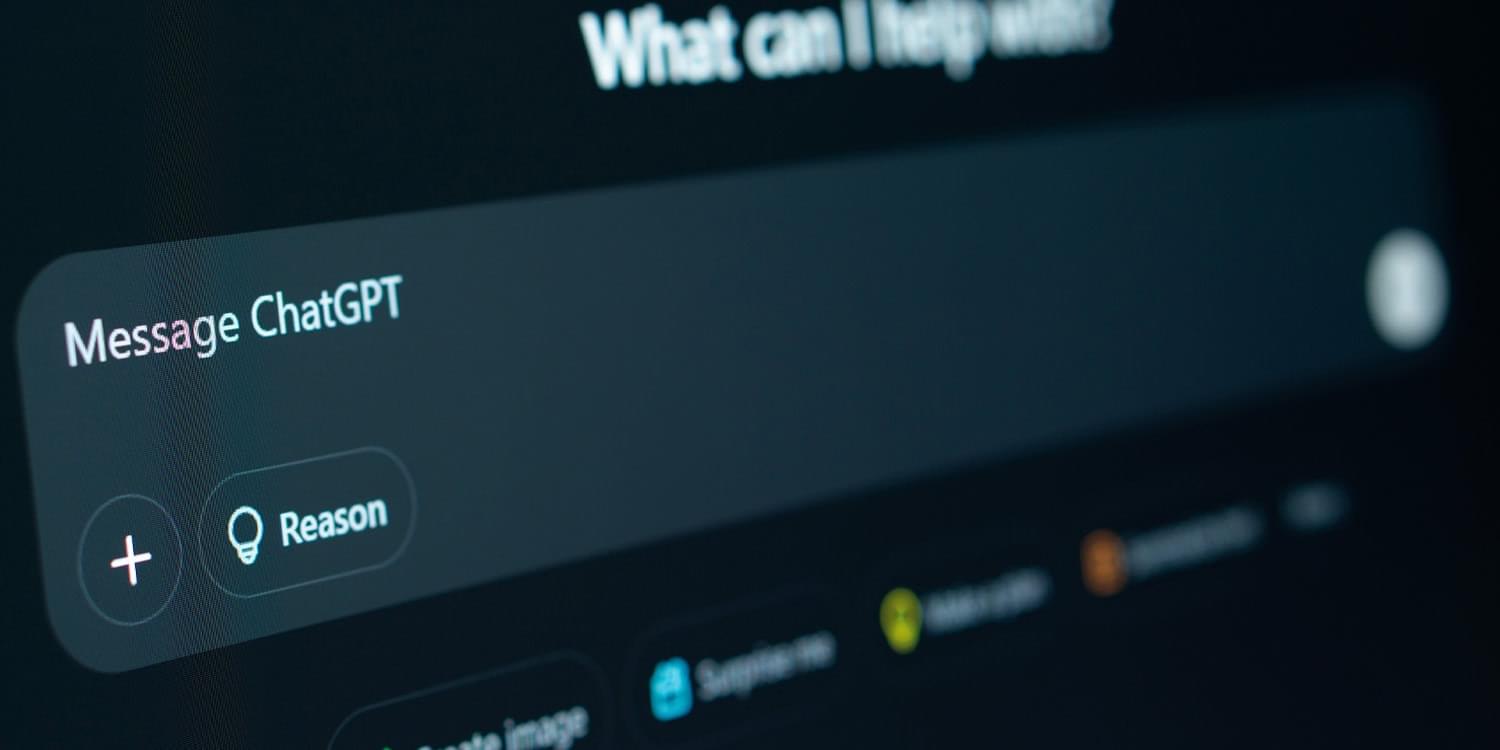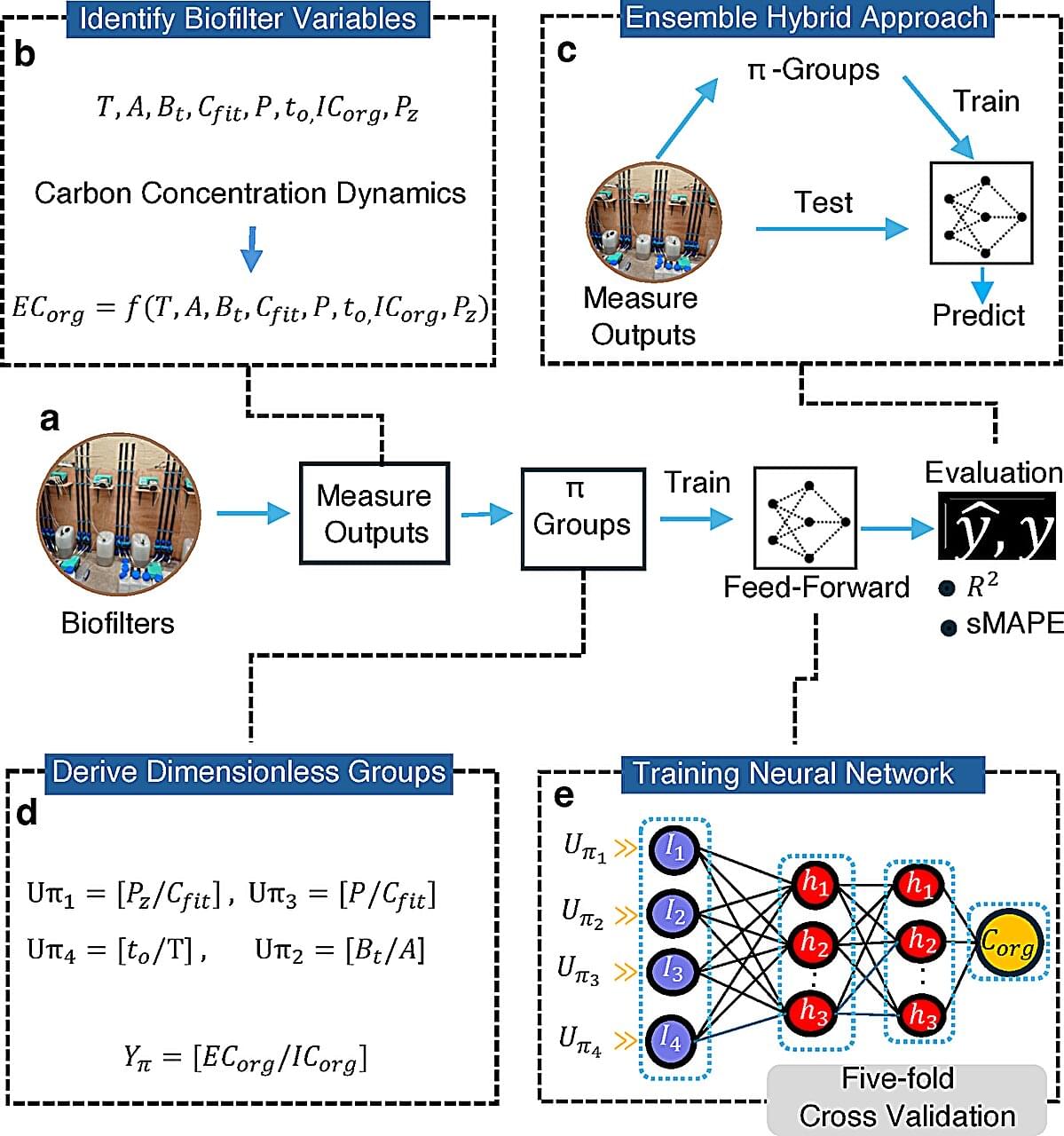Samsung just shocked the entire AI world — a 7-million-parameter model called Tiny Recursive Model (TRM) just out-reasoned billion-parameter giants like Gemini and DeepSeek. Built by Samsung’s Montreal research lab, this microscopic AI loops over its own thoughts, rewrites its answers, and fixes mistakes before you even see them — creating reasoning depth without size. It’s 25,000 times smaller than Gemini 2.5 Pro, yet it beat it on real reasoning benchmarks like ARC-AGI.
Meanwhile, Microsoft built an AI brain for quantum chemistry, Anthropic made an AI that audits other AIs, Liquid AI proved on-device intelligence can actually work, and Meta reinvented multimodal search — all in one insane week.
📩 Brand Deals & Partnerships: [email protected].
✉ General Inquiries: [email protected].
🧠 What You’ll See:
• Samsung’s 7-million-parameter TRM model that crushed Gemini and DeepSeek.
• How recursive thinking lets TRM fix its own mistakes 16 times per answer.
• Microsoft’s new neural model that changes quantum chemistry forever.
• Anthropic’s Petri framework that makes AIs audit each other.
• Liquid AI’s mobile-ready MoE model that runs locally on your phone.
• Meta’s new MetaEmbed system that rewrites multimodal search.
🚨 Why It Matters:
AI progress is no longer about size — it’s about intelligence, efficiency, and control. The smallest model just proved it can outsmart the giants.
#ai #Gemini #DeepSeek





